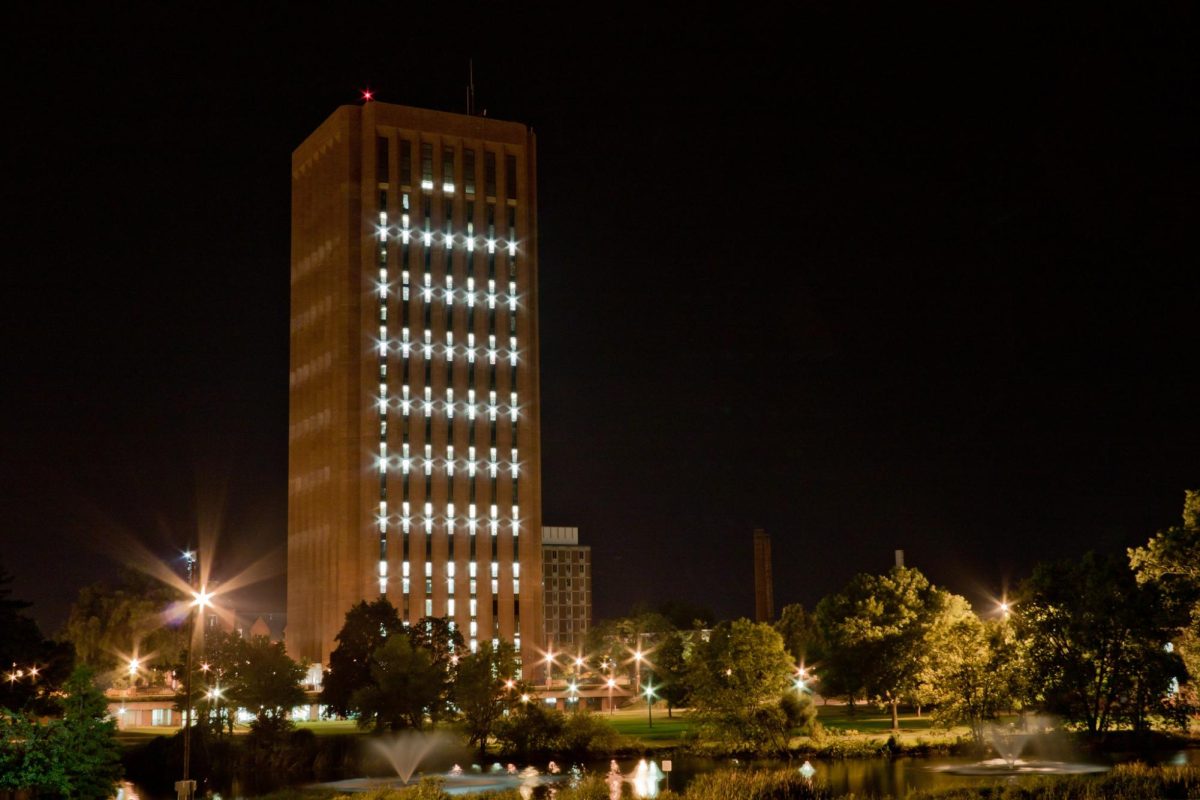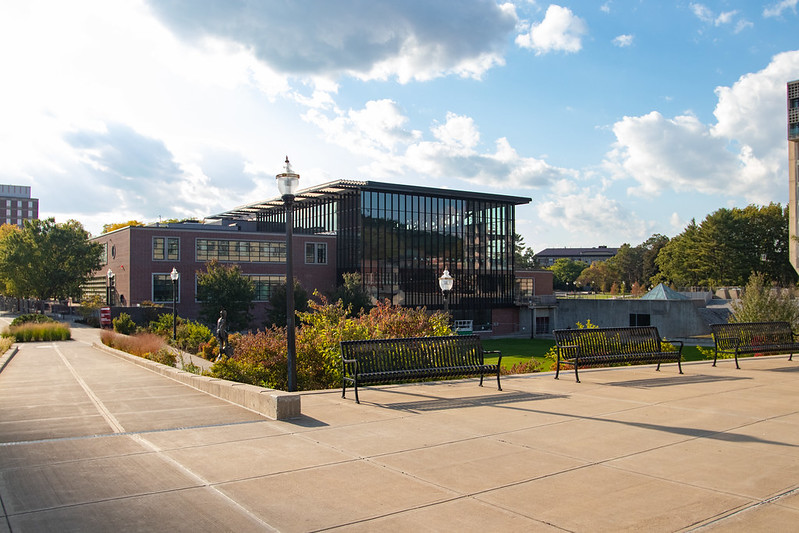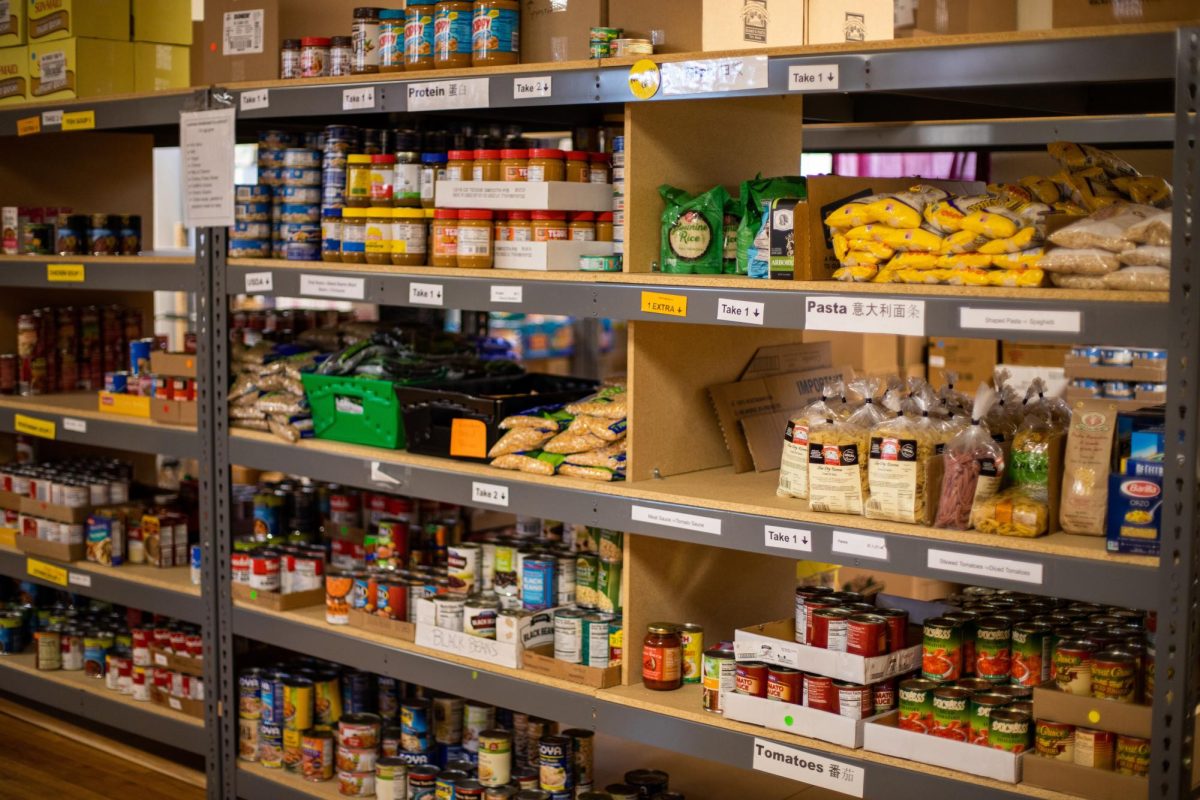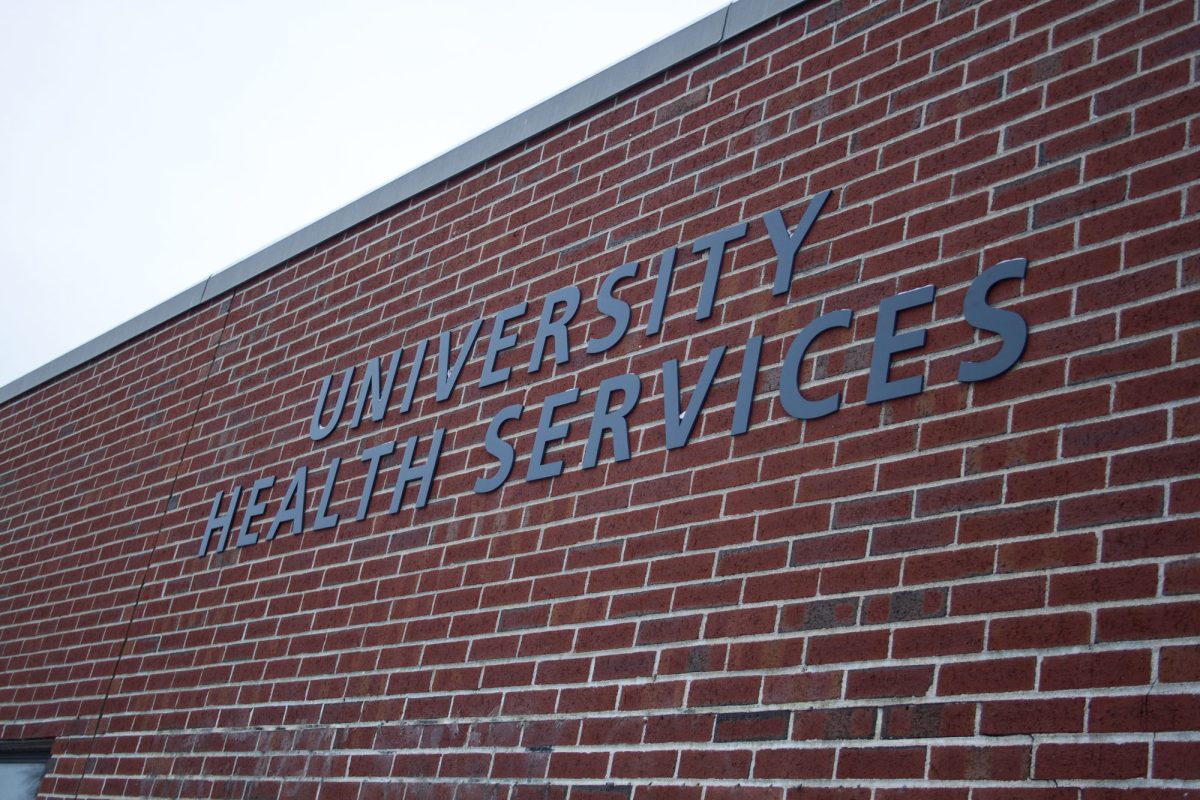
You say tomato, I say Salmonella.
Between 1996 and 2008, 14 of 84 produce-related outbreaks of food-borne illness were linked to tomatoes, according to a report released by the Food and Drug Administration (FDA) in 2009.
Although the popular fruit was proven innocent during the Salmonella scare of 2008, in which 1,440 people fell ill (the likely culprit: jalapeño peppers), it’s been linked to 20 Salmonella outbreaks since 1990, according to the website for the Center for Science in the Public Interest. Lynne
McLandsborough of the University of Massachusetts department of food science wants to find out why – and how – Salmonella-tainted tomatoes make it from the field to the supermarket.
McLandsborough, an associate professor who also serves as the department’s undergraduate program director, will soon be starting research on the transfer of Salmonella to tomatoes during packaging and transport. The Center for Produce Safety (CPS), a research group at the University of California Davis, has granted her $235,787 to fund the project.
“I started thinking about it and, you know, produce, you can take a piece of lettuce and smash it down and it breaks, it becomes a very different environment. So we have come up with a system that’s going to be kind of non-invasive,” said McLandsborough.
The system, now a prototype, is a chute design, “like a slide,” said McLandsborough. The professor and her team of researchers plan to contaminate the surface of the slide with Salmonella and roll the tomatoes over it to see if the contraption helps tomatoes to resist contamination. They will also be testing different plastics, such as those used for harvest bins and gloves, to find out which surfaces Salmonella thrives on and which levels of abrasion make tomatoes most vulnerable to Salmonella.
Members of McLandsborough’s research team include Julie Goddard, another professor at the department of food science, Wes Autio, a professor at the department of plant and soil sciences and two post-doctoral researchers, one from Cornell University and one from Ireland.
Goddard, an assistant professor who specializes in food packaging, recognizes the myriad of ways in which food can become contaminated during transport.
“Even in minimally-processed food materials, our food touches a lot of stuff,” said Goddard.
While working as a research engineer from 1999 to 2003 at Kraft Foods in Tarrytown, N.Y., Goddard witnessed firsthand the mechanics of food production.
She wondered about the ease with which so much food and packaging could potentially become contaminated, and became interested in “how we can reduce the likelihood of contaminating material,” said Goddard.
Bonnie Fernandez, the executive director of the CPS, shares Goddard’s interest.
“We’re like a resource for all policy makers and consumer awareness groups on the front-line,” Fernandez said of the CPS.
Fernandez said that the goal of the CPS is to provide the research and scientific evidence necessary for farmers and government agencies to make educated decisions about food safety.
Optimistic about the progress of food safety in the United States, Fernandez said there is “an increased ability to detect and report food safety events” in the country. For its part, the CPS prioritizes funding for research concerning fruits and vegetables that have been connected to recent outbreaks of food-borne illnesses, said Fernandez.
Another portion of the CPS’ grant money will go towards conducting a survey of tomato farmers in the United States, said McLandsborough. The researchers will try to find out how farmers clean and sanitize their tomato plants. They will then test the most common of those methodologies in a laboratory. Those methods that produce the cleanest tomatoes may be recorded and sent to the CPS and then to some of its major partners and organizations from which it receives funding, which include the United States Department of Agriculture (USDA), said McLandsborough.
Although research was slated to begin this month, McLandsborough said that the money is not on campus yet and that she and her research team, in coordination with the University, are still in the process of establishing accounts. “It’s kind of how research works,” she said.
But the waiting period is not without its perks. McLandsborough was invited recently by the CPS to participate in a two-day teleconference in February on tomato safety – a conference in which the FDA and the USDA will participate. Because research at the university level is often times very regionalized,
McLandsborough appreciates that the CPS operates on a national level.
“It’s a nice model,” McLandsborough said.
Lily Hicks can be reached at [email protected].













Ann Potcher • Jan 30, 2011 at 10:19 am
Sanitization of pickers and production workers hands is also a concern, this should be added to the equation, if it is not already considered for the prevelance of Salmonella on tomatoes picked by hand.